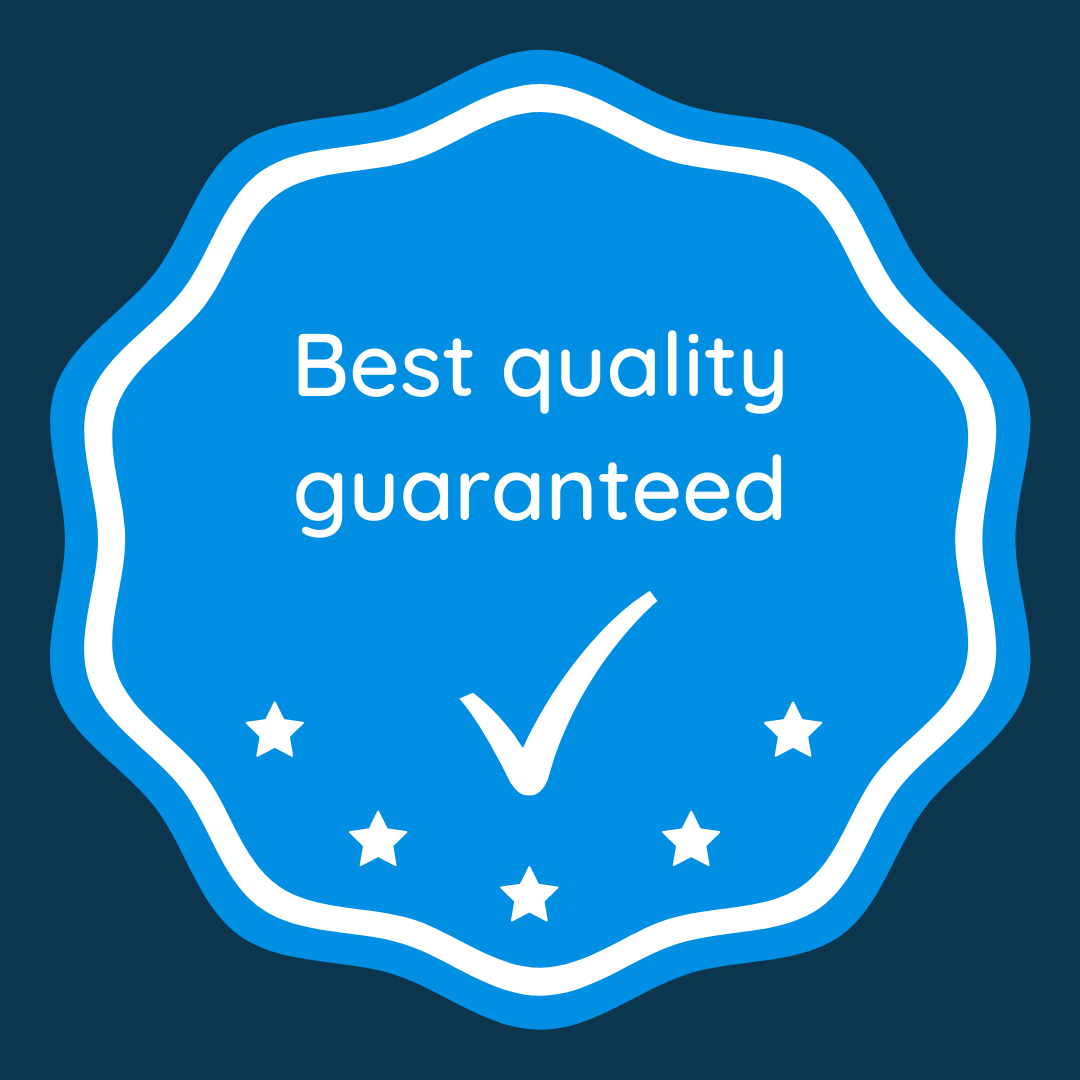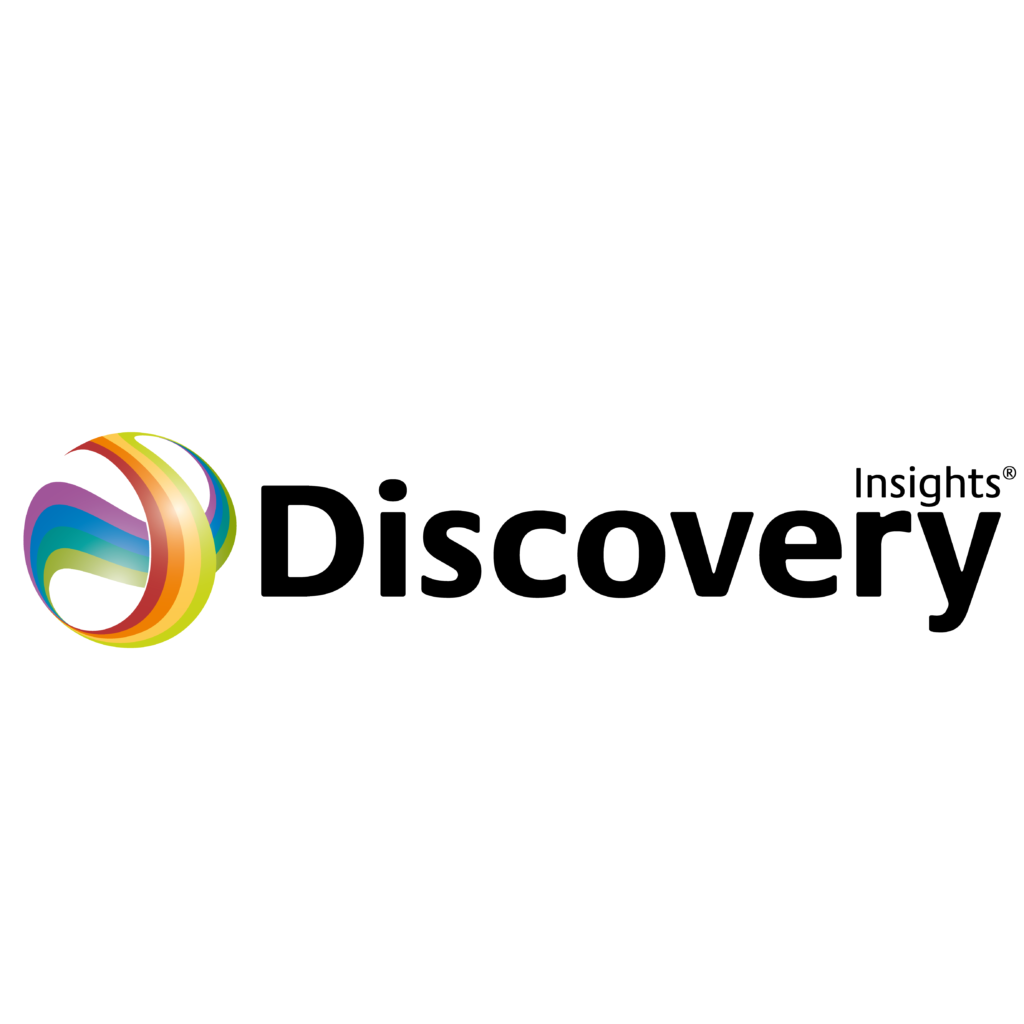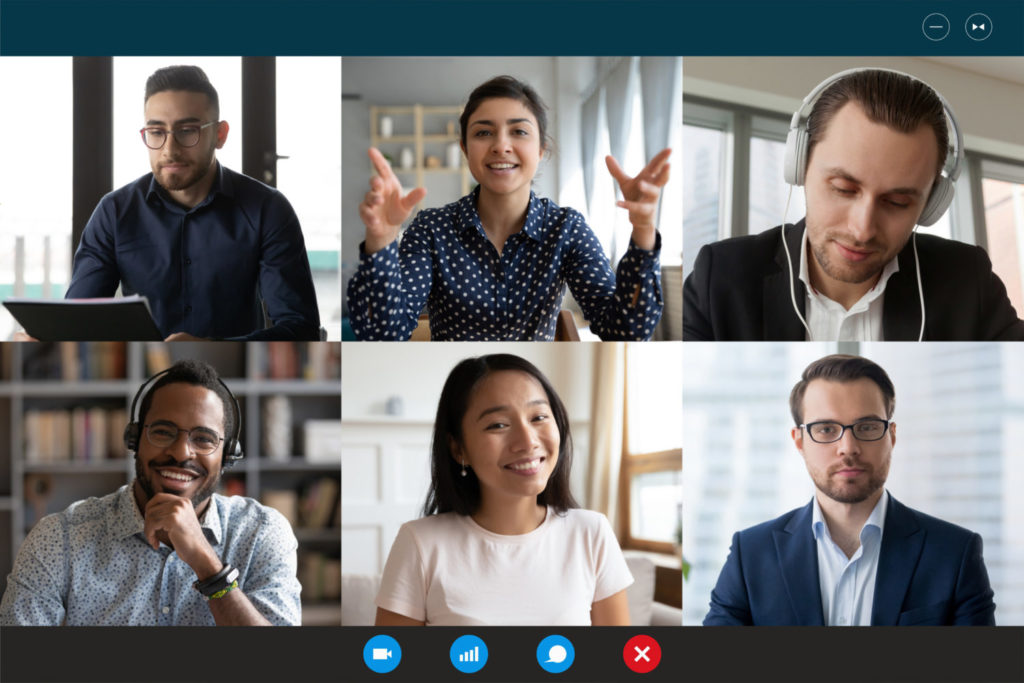
Stakeholder Relationship Management- in company training
The aim of stakeholder relationship management is to influence stakeholder attitudes, decisions, and actions for mutual benefit. Stakeholders need to gain from the relationship or they may not be sufficiently motivated to cooperate. A skillful approach is required to balance as much as possible the interests of all parties involved. Thorough planning will build you the balance you are seeking.
The benefits of engaging stakeholders throughout your project life-cycle are:
- You can use the viewpoints of the main stakeholders to help shape your projects at an early stage. This makes it more likely they will support you, and their input can also improve the quality of your project.
- Gaining support from powerful stakeholders for your work can help convince senior management to allocate more resources to you. This makes it more likely your projects will be successful.
- By communicating with stakeholders early and often, you can ensure they know what you are doing and fully understand the benefits of your project. This means they can support you actively when necessary.
- You can anticipate what stakeholders’ reaction to your project is likely to be, and then you can build into your plan the actions that will win their support.
If you’re set to reap these benefits make sure you enroll for our training course!
Stakeholder Relationship Management- in company training

The aim of stakeholder relationship management is to influence stakeholder attitudes, decisions, and actions for mutual benefit. Stakeholders need to gain from the relationship or they may not be sufficiently motivated to cooperate. A skillful approach is required to balance as much as possible the interests of all parties involved. Thorough planning will build you the balance you are seeking.
The benefits of engaging stakeholders throughout your project life-cycle are:
- You can use the viewpoints of the main stakeholders to help shape your projects at an early stage. This makes it more likely they will support you, and their input can also improve the quality of your project.
- Gaining support from powerful stakeholders for your work can help convince senior management to allocate more resources to you. This makes it more likely your projects will be successful.
- By communicating with stakeholders early and often, you can ensure they know what you are doing and fully understand the benefits of your project. This means they can support you actively when necessary.
- You can anticipate what stakeholders’ reaction to your project is likely to be, and then you can build into your plan the actions that will win their support.
If you’re set to reap these benefits make sure you enroll for our training course!
Aims & benefits
By the end of the course delegates will be able to:
- Identify and map stakeholders.
- Understand stakeholder needs and expectations, as well as their objections and source of resistance.
- Draft a stakeholder engagement and expectations management plan.
- Develop a stakeholder communications plan.
- Address global communication challenges in stakeholder interactions.
- Prepare and deliver powerful presentations to stakeholders.
- Exercise active listening and questioning skills effectively.
- Build rapport with stakeholders.
- Influence stakeholders and get their buy-in and support.
- Handle difficult stakeholder interactions.
- Adapt to different stakeholder personality types.
Agenda
Training program: Stakeholder Relationship Management
Introduction
- What is stakeholder relationship management?
- Stakeholder engagement best practices.
- Stages of stakeholder engagement.
- Identifying stakeholders.
- Mapping stakeholders.
- Understanding stakeholder needs and expectations, as well as their objections and source of resistance.
- Drafting a stakeholder engagement and expectations management plan.
- Developing a stakeholder communications plan.
- Executing the plan.
- Monitoring and controlling the plan.
Identifying stakeholders
- Exercise: identifying internal and external stakeholders.
Mapping stakeholders
- Power vs. interest grid.
- Engagement strategy based on power and interest.
- Exercise: mapping stakeholders based on power and interest.
- Assessing current stakeholder engagement (blockers, critics, neutrals, supporters, advocates).
- Exercise: mapping stakeholders based on current engagement.
- Determining desired stakeholder engagement.
- Exercise: mapping stakeholders based on desired engagement.
Understanding stakeholder needs and expectations, as well as their objections and source of resistance
- Rational and emotional needs and expectations.
- Typical sources of stakeholder resistance.
- 4 stages of change.
- Understanding your stakeholders – tactics.
- Exercise: leveraging current knowledge to understand stakeholders.
Questioning Skills
- 5Ws and H open-ended questions.
- Advantages of open-ended questions in stakeholder interviews.
- Closed questions and when to use them.
- Barriers to effective questioning.
- Variations of open and closed questions
- Funnel technique.
- TED questions.
- Leading questions.
- Exercise: formulating questions for your stakeholders.
Drafting a stakeholder engagement and expectations management plan
- What is a stakeholder engagement and expectations management plan?
- What is imperative to ensure stakeholder buy-in and commitment?
- Exercise: drafting a stakeholder engagement and expectations management plan.
Developing a stakeholder communications plan
- What is a stakeholder communications plan?
- Why is it important?
- Stakeholder communications plan template.
- Exercise: devising your stakeholder communications plan.
Global communication challenges in stakeholder interactions
- Physical distance.
- Language and semantic barriers.
- Psychological barriers.
- Cultural differences.
- Strategies for overcoming these barriers.
Presenting to stakeholders
- Crafting your stakeholder presentation – key strategies.
- Delivering your stakeholder presentation – key strategies.
- Exercise: crafting and delivering stakeholder presentations.
Active listening skills
- What is active listening?
- Why is active listening important?
- 4 levels of listening.
- Active listening pitfalls.
- Key active listening techniques.
- Exercise: active listening practice.
Building rapport with stakeholders
- Mirroring technique.
- Adapting to the stakeholder’s communication style.
Influencing stakeholders
- Stakeholder decision drivers.
- 6 Principles of Persuasion by R. Cialdini
- Reciprocity.
- Scarcity.
- Authority.
- Consistency.
- Liking.
- Social proof.
- Exercise: applying the 6 principles in stakeholder interactions.
Handling difficult stakeholder interactions
- 4 behavioral styles.
- Traits of an assertive person.
- How and when to be assertive in customer interactions: verbal and non-verbal communication.
- How to control your emotions in a heated exchange: taking a balcony perspective.
- AIR Model for handling demanding or upset stakeholders.
- Exercise: Handling objections with the AIR Model.
- Feel-Felt-Found Technique to defuse stakeholder emotions.
- Exercise: Applying the Feel-Felt-Found Technique.
Adapting to different stakeholder personality types
- Carl G. Jung’s theory of personality types.
- Insights Discovery 4 color energies Model, based on Jung’s theory.
- Understanding your energy mix.
- Exercises: How to identify your stakeholders’ dominant personality types?
- Exercises: How to connect with your stakeholders for better rapport using this knowledge?
- Controlling your stress levels and reacting to stakeholders’ stress: reasons for stress, symptoms of stress and recommended actions to reduce stress for all four color energies.
Summary of the training and individual action plans: START-STOP-CONTINUE
Training program: Stakeholder Relationship Management
Introduction
- What is stakeholder relationship management?
- Stakeholder engagement best practices.
- Stages of stakeholder engagement.
- Identifying stakeholders.
- Mapping stakeholders.
- Understanding stakeholder needs and expectations, as well as their objections and source of resistance.
- Drafting a stakeholder engagement and expectations management plan.
- Developing a stakeholder communications plan.
- Executing the plan.
- Monitoring and controlling the plan.
Identifying stakeholders
- Exercise: identifying internal and external stakeholders.
Mapping stakeholders
- Power vs. interest grid.
- Engagement strategy based on power and interest.
- Exercise: mapping stakeholders based on power and interest.
- Assessing current stakeholder engagement (blockers, critics, neutrals, supporters, advocates).
- Exercise: mapping stakeholders based on current engagement.
- Determining desired stakeholder engagement.
- Exercise: mapping stakeholders based on desired engagement.
Understanding stakeholder needs and expectations, as well as their objections and source of resistance
- Rational and emotional needs and expectations.
- Typical sources of stakeholder resistance.
- 4 stages of change.
- Understanding your stakeholders – tactics.
- Exercise: leveraging current knowledge to understand stakeholders.
Questioning Skills
- 5Ws and H open-ended questions.
- Advantages of open-ended questions in stakeholder interviews.
- Closed questions and when to use them.
- Barriers to effective questioning.
- Variations of open and closed questions
- Funnel technique.
- TED questions.
- Leading questions.
- Exercise: formulating questions for your stakeholders.
Drafting a stakeholder engagement and expectations management plan
- What is a stakeholder engagement and expectations management plan?
- What is imperative to ensure stakeholder buy-in and commitment?
- Exercise: drafting a stakeholder engagement and expectations management plan.
Developing a stakeholder communications plan
- What is a stakeholder communications plan?
- Why is it important?
- Stakeholder communications plan template.
- Exercise: devising your stakeholder communications plan.
Global communication challenges in stakeholder interactions
- Physical distance.
- Language and semantic barriers.
- Psychological barriers.
- Cultural differences.
- Strategies for overcoming these barriers.
Presenting to stakeholders
- Crafting your stakeholder presentation – key strategies.
- Delivering your stakeholder presentation – key strategies.
- Exercise: crafting and delivering stakeholder presentations.
Active listening skills
- What is active listening?
- Why is active listening important?
- 4 levels of listening.
- Active listening pitfalls.
- Key active listening techniques.
- Exercise: active listening practice.
Building rapport with stakeholders
- Mirroring technique.
- Adapting to the stakeholder’s communication style.
Influencing stakeholders
- Stakeholder decision drivers.
- 6 Principles of Persuasion by R. Cialdini
- Reciprocity.
- Scarcity.
- Authority.
- Consistency.
- Liking.
- Social proof.
- Exercise: applying the 6 principles in stakeholder interactions.
Handling difficult stakeholder interactions
- 4 behavioral styles.
- Traits of an assertive person.
- How and when to be assertive in customer interactions: verbal and non-verbal communication.
- How to control your emotions in a heated exchange: taking a balcony perspective.
- AIR Model for handling demanding or upset stakeholders.
- Exercise: Handling objections with the AIR Model.
- Feel-Felt-Found Technique to defuse stakeholder emotions.
- Exercise: Applying the Feel-Felt-Found Technique.
Adapting to different stakeholder personality types
- Carl G. Jung’s theory of personality types.
- Insights Discovery 4 color energies Model, based on Jung’s theory.
- Understanding your energy mix.
- Exercises: How to identify your stakeholders’ dominant personality types?
- Exercises: How to connect with your stakeholders for better rapport using this knowledge?
- Controlling your stress levels and reacting to stakeholders’ stress: reasons for stress, symptoms of stress and recommended actions to reduce stress for all four color energies.
Summary of the training and individual action plans: START-STOP-CONTINUE
Experts
THE TRAINING METHODS
Activity Based Learning
The training follows the Kolb cycle and the ABL method (Activity Based Learning).
Workshops
Participants take part in activating exercises preceded by the necessary theoretical introduction.
Feedback
Participants have the opportunity to self-diagnose and receive feedback from the trainer.
Full activation
The trainer presents knowledge using 3 channels of information transfer - sight, movement, hearing.
Discussion
Discussion panel, group and individual exercises, presentation, role playing, case studies and review films.
Opinions
Oceny dla tego szkolenia:
Oceń to szkolenie:
Clients
Organizational informations
How do we prepare our training projects?

Analysing your training needs

Verification of your training aims

Creating a training programme


Logical & administrative settings


Realization of the project
5 reasons you should pick our training:
1. Based on deeply analyse of your training needs, we will recommend you best trainer and programme offer.
2. Through the whole project, there’s gonna be an account manager to take care of your needs.
3. Participants will get all the necessary training materials in very attractive form.
4. We guarantee using variety of training methods through the whole project.
5. Your project will be closed with after training report containing evaluation and reccomendations for the future.

Have questions?
Contact us:
18 Widok St, Apt 2,
00-023 Warsaw
(22) 224 21 95
603 906 655
biuro@humanskills.pl
You might also like
Not sure if it is a training for you?
Rely on our experience and ask for a free consultation:
(22) 224 21 95
Call us
biuro@humanskills.pl
Write an e-mail









